The challenge is to build a low cost desalination filter using graphite, diatomaceous earth pool filter media, acetone, distilled water, ball mill, sand and PVC pipe. The graphite will be mechanically exfoliated into graphene using the ball mill and a 200mL DI water to 60mL Acetone mix.
http://www.businessinsider.com/lockheed-martin-desalination-graphene-filters-2013-3 According to this article the main problem with current graphene desalination is scaling up CVD graphene. The bottom up approach is foolish as always and is directly attributed to too much money and resources. Here I show how in the garage using the simplest of materials a desalination filter can be produced.
Nanoporous graphene is permeable to water not pristine as is posited here http://scitation.aip.org/content/aip/journal/jcp/141/7/10.1063/1.4892638 my theory is that the natural graphite I use as a precursor has natural defects that are nano-porous.
Utilizing Hansen Solubility parameters this solution of acetone and water is almost perfect for separating individual layers of graphene from the bulk crystalline graphite the Diatomaceous earth gives the graphene a backbone on which to adhere. Why 1 gram graphite to 14 grams DE? The surface area of graphene is around 2700 meters squared per gram and the surface area of DE is around 200 meters squared per gram. This aims to wrap the DE in graphene sheets one layer thick. Ultimately providing a very high flow rate at very low pressures. By ball milling for 48 plus hours there is plenty of time for shear forces to seperate the layers of graphite and to pulverize the diatoms into sub 50 micron pieces. I will be acquiring a digital microscope soon to hopefully capture the light absorption from few layer graphene.
Moving forward I will acquire a TDS meter and utilize sea water concentrations of salt to determine total time to saturation of the filter and difficulty in removal of the captured solids.
By providing a cheap method for desalination/purification of ocean water, well head water, etc. this should give stability to regions affected by drought and pure water to regions with contaminated drinking supplies due to fracking and industrial waste.
This documentation describes Open Hardware and is licensed under the
CERN OHL v. 1.2.
You may redistribute and modify this documentation under the terms of the
CERN OHL v.1.2. (http://ohwr.org/cernohl). This documentation is distributed
WITHOUT ANY EXPRESS OR IMPLIED WARRANTY, INCLUDING OF
MERCHANTABILITY, SATISFACTORY QUALITY AND FITNESS FOR A
PARTICULAR PURPOSE. Please see the CERN OHL v.1.2 for applicable
conditions
 MECHANICUS
MECHANICUS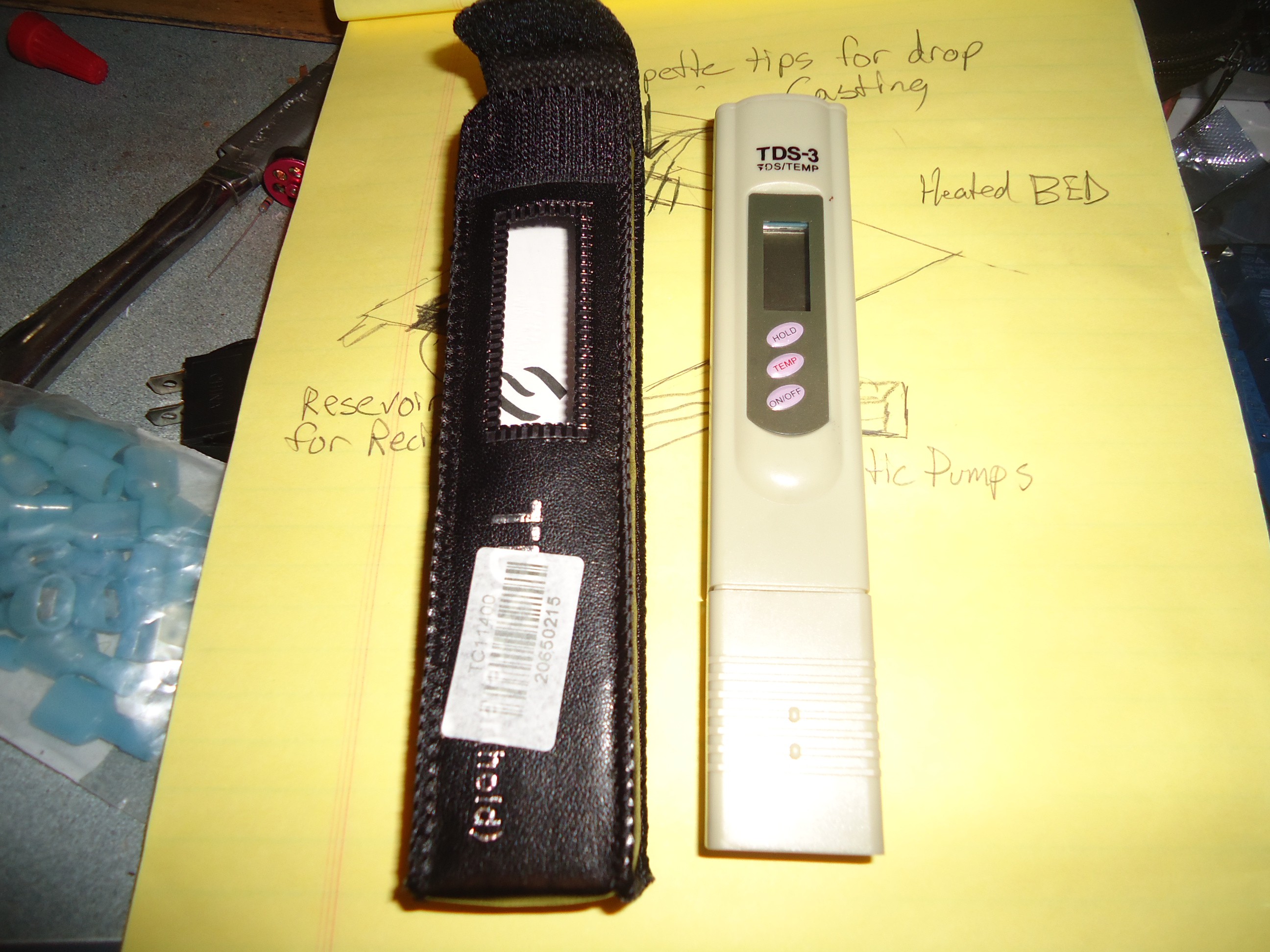

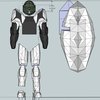
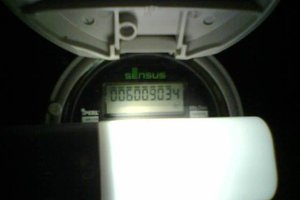
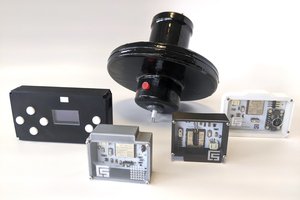
 Andres Rico
Andres Rico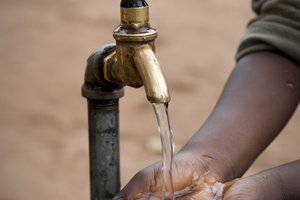
 Paul Scott
Paul Scott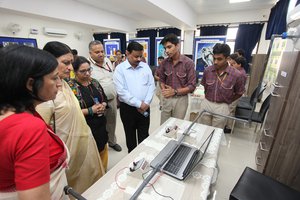
What do you think? http://www.gizmag.com/graphene-bad-for-environment-toxic-for-humans/31851/